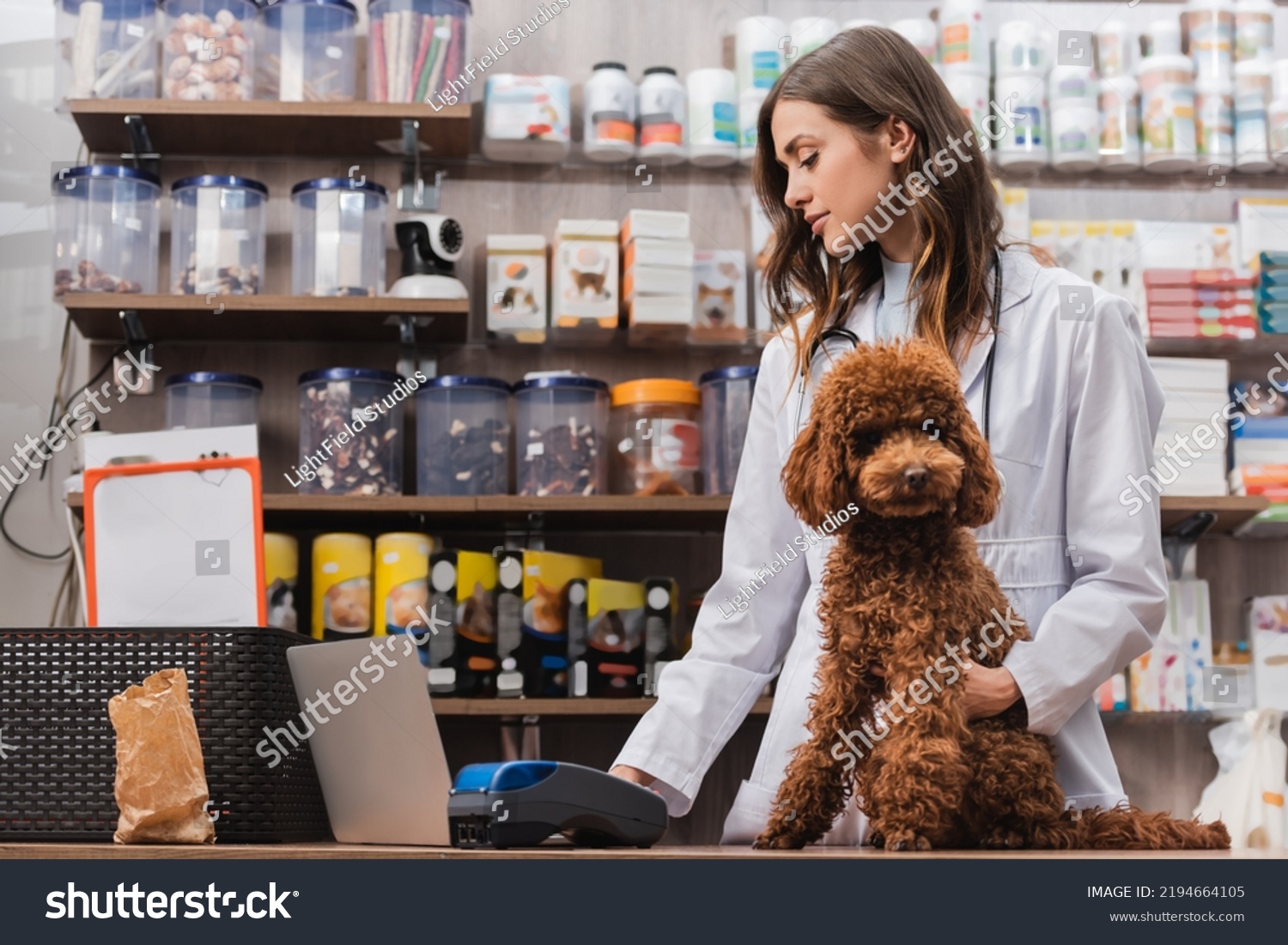Consulting with and providing advice to the work group regarding workplace health and safety fosters a culture of shared responsibility, active engagement, and practicality. Employees who actively participate in safety discussions are more likely to take safety seriously and adhere to protocols. Furthermore, their firsthand insights into the unique risks they face enable the development of safety measures that are not only effective but also realistic, fostering a safer and more responsive work environment. This collaborative approach empowers employees, enhances overall safety, and reduces the risk of accidents and incidents, ultimately benefiting both employees and the organisation.
Techniques
Let’s explore the techniques for consulting, providing advice and communicating with work group members on workplace health and safety matters, recording and reporting outcomes, and monitoring own performance and recognising own professional limitations in detail:
Consulting, Providing Advice, and Communicating with Work Group Members on Workplace Health and Safety Matters
Conduct regular safety meetings with work group members to discuss health and safety matters. These meetings provide a forum for open dialogue, allowing employees to raise concerns, share experiences, and suggest improvements.
Distribute surveys or feedback forms to gather anonymous input from employees. This approach can help individuals express their thoughts and concerns without fear of retribution.
Schedule one-on-one consultations with employees, especially if they have specific safety concerns or unique job roles. This personal approach can encourage more candid discussions.
Establish safety committees consisting of representatives from various work groups. These committees can meet regularly to discuss safety issues and collaborate on solutions.
Conduct interactive training workshops that not only educate employees but also encourage them to participate in discussions about safety practices and improvements.
Install a safety suggestion box in a common area where employees can submit anonymous safety-related suggestions or concerns.
Use email and the organisation's intranet to share safety information, updates, and reminders with work group members. These platforms are also useful for disseminating safety resources and procedures.
Recording and Reporting Outcomes
Establish a system for reporting safety incidents, near misses, or hazards. These reports should be documented, investigated, and shared with relevant personnel for analysis and corrective action.
Maintain detailed minutes of safety meetings, including discussions, decisions, and action items. These records serve as a valuable reference and help track progress on safety-related matters.
When conducting one-on-one consultations or surveys, keep records of the discussions, feedback received, and any actions planned or taken in response to the input.
Use safety management software to track and analyse safety data. Identifying trends in incidents and near misses can help in addressing root causes and preventing future occurrences.
Create safety performance dashboards that display key safety metrics and trends. These visual aids make it easy to communicate safety outcomes to relevant stakeholders
Monitoring Own Performance and Recognizing Professional Limitations
Periodically review your own performance in consulting, providing advice, and addressing workplace health and safety matters. Identify areas of strength and areas that may require improvement.
Stay updated with the latest developments in workplace health and safety. Engage in professional development, attend relevant training programs, and participate in industry conferences to expand your knowledge.
Seek feedback from work group members to gauge the effectiveness of your safety-related communications and consultations. Regularly evaluate the impact of your efforts on safety culture and outcomes.
Recognise that you may not have expertise in all safety areas. When faced with challenges that fall outside your professional limitations, consult with subject matter experts or delegate tasks to individuals with the appropriate skills and knowledge.
Maintain the highest ethical standards when dealing with workplace health and safety matters. Recognise your professional limitations and avoid offering advice or guidance beyond your expertise.
If you have the responsibility for managing others in safety roles, provide mentoring and supervision to ensure that they are equipped to handle their responsibilities effectively and safely.
By implementing these techniques for consulting, providing advice, communicating with work group members, recording and reporting outcomes, and monitoring your own performance while recognising professional limitations, you can contribute to a safer and more effective workplace health and safety program.

Dealing with workplace health and safety issues promptly or referring them to appropriate personnel is paramount for ensuring the safety of employees and the welfare of the animals. In this environment, where risks are inherent, immediate action is essential to prevent accidents, injuries, and potential harm to animals. Prompt response not only mitigates physical suffering but also contributes to a positive safety culture, encouraging active participation in maintaining safety and regulatory compliance. By addressing these concerns swiftly, workplaces demonstrate their commitment to upholding ethical standards, regulatory compliance, and the overall well-being of both employees and the animals they are entrusted to care for.
How to deal WHS Issues
Dealing with workplace health and safety issues promptly is essential for maintaining a safe and healthy environment for both employees and animals. Here's a step-by-step guide on how to effectively address these issues or refer them to appropriate personnel:
- Identification and Reporting: Encourage all employees to promptly report any safety concerns or hazards they encounter. This can include injuries, near misses, equipment malfunctions, or unsafe practices.
- Immediate Mitigation: For situations that require immediate attention, ensure that employees are equipped with basic first-aid knowledge and supplies. Address minor injuries or hazards promptly to prevent further harm.
- Document the Issue: Keep detailed records of the reported safety issues, including the date, time, location, description of the problem, and individuals involved or affected. Accurate documentation is essential for tracking progress and ensuring accountability.
- Assess the Severity: Evaluate the severity of the issue. Determine if it's a minor concern that can be resolved locally or a more significant problem that requires intervention from higher authorities or safety experts.
- Immediate Action: For immediate, high-risk situations, take immediate action to eliminate the hazard or prevent further harm. This may involve stopping work in the affected area, evacuating personnel, or initiating emergency response procedures.
- Reporting to Appropriate Personnel: If the issue cannot be resolved at the local level, report it to the appropriate personnel responsible for health and safety within the organisation. This may include a safety officer, supervisor, or designated safety committee.
- Investigation and Corrective Measures: Once the issue is reported to the appropriate personnel, they should conduct a thorough investigation to identify the root causes and develop corrective measures. This may involve safety inspections, risk assessments, or policy reviews.
- Communication and Feedback: Maintain open lines of communication with employees throughout the resolution process. Keep them informed about the actions taken, the progress of the investigation, and the steps being implemented to prevent future occurrences.
- Regulatory Compliance: Ensure that all actions taken to address the issue are in compliance with relevant health and safety regulations and standards. Maintain records of the actions and documentation for regulatory compliance.
By following these steps, workplaces in the animal care industry can effectively deal with workplace health and safety issues, ensuring that the safety of both employees and the animals they care for is a top priority. Additionally, the process ensures accountability, compliance, and ongoing efforts to improve safety standards.
Why Record and Communicate Outcomes of Consultation Regarding Workplace Health and Safety?
Recording and communicating the outcomes of consultation regarding workplace health and safety is essential for several important reasons:
- Transparency and Accountability: It fosters transparency within the organisation by documenting the discussions, decisions, and action plans related to safety matters. This transparency ensures that all employees are aware of the ongoing safety efforts, which, in turn, promotes accountability for implementing agreed-upon safety measures.
- Employee Involvement: Keeping records of consultation outcomes demonstrates that the organisation values the input of its employees. It encourages active participation in the decision-making process, which can lead to more practical and effective safety solutions. It also empowers employees by giving them a voice in shaping the safety culture of the workplace.
- Continuous Improvement: Recording and communicating outcomes provide a basis for evaluating the effectiveness of safety measures.
By documenting the results of safety discussions and tracking the implementation of safety recommendations, organisations can identify trends, successes, and areas for improvement. This information is invaluable for refining safety protocols and policies.
How to Record and Communicate Outcomes of Consultation
During safety meetings, appoint someone to take detailed minutes that capture the key points discussed, decisions made, and action items assigned. Share these minutes with all work group members following the meeting.
Compile regular safety reports that summarise the outcomes of safety consultations, including any incidents, near misses, and recommendations for improvement. Ensure that these reports are accessible to all employees.
Use visual aids, such as safety bulletin boards, posters, or digital displays, to communicate important safety outcomes and information to the entire work group. These visual displays serve as constant reminders of safety initiatives.
Send out email updates or post safety outcomes on the organisation's intranet. Ensure that all employees have access to this information, making it easy to stay informed about safety developments.
Encourage feedback from work group members about the outcomes of consultations and the effectiveness of implemented safety measures. This feedback loop is crucial for making necessary adjustments and improvements.
Conduct regular training sessions and workshops to inform employees about the outcomes of safety consultations and to discuss the lessons learned. These interactive sessions provide an opportunity for clarification and further input.
Periodically review and evaluate the effectiveness of recorded safety outcomes. This assessment should consider the impact on workplace safety and compliance with safety regulations.
Recognise and celebrate positive safety outcomes and milestones to reinforce a culture of safety and to acknowledge the collective efforts of the workgroup in achieving a safe and healthy work environment.
By recording and effectively communicating the outcomes of consultation regarding workplace health and safety, organisations demonstrate their commitment to safety, empower their employees, and create a culture of continuous improvement. These practices contribute to a safer, more accountable, and ultimately more successful animal care setting.
Quiz 3
